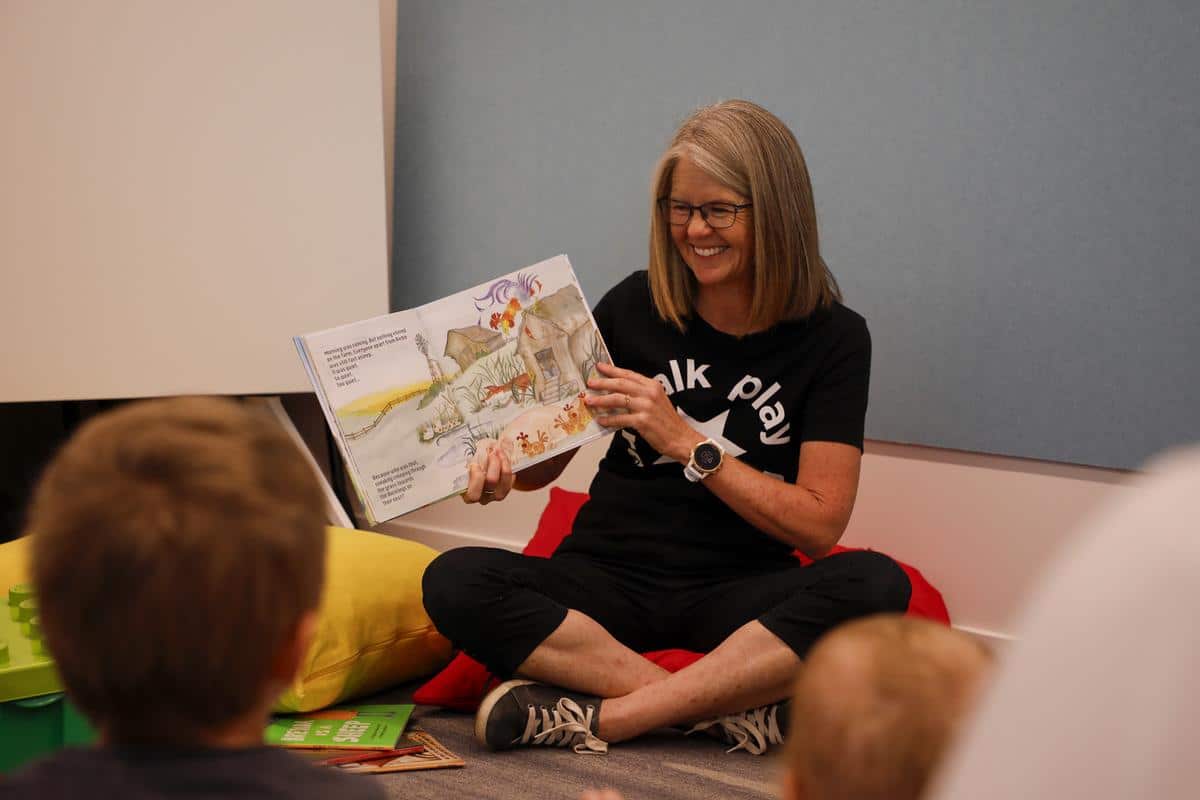Benefits of Bedtime Stories for School Preparation
Reading bedtime stories offers numerous advantages for children transitioning into school life. These tales can ease first-day jitters by providing comfort and familiarity. Storytime also serves as an educational tool, fostering a love for reading and improving language skills.
Bedtime stories can introduce school-related themes, helping children become more comfortable with new environments and routines. A regular bedtime routine that includes stories can improve sleep quality, leading to better focus and attentiveness in school.
Including diverse characters and settings in stories can broaden children’s understanding and empathy, making school a more inclusive place. Stories can also teach values and ethics, influencing children’s decision-making and behavior.
Parents and educators can enhance the experience by engaging in post-story activities, reinforcing the story’s message and boosting creativity and critical thinking.

Effective Bedtime Routine Tips for School Nights
To establish a successful bedtime routine for school nights:
- Start early and make gradual changes to sleep schedules.
- Create a sleep-friendly environment that’s cool, quiet, and dark.
- Limit screen time before bed.
- Set a good example by embracing screen-free time as a family.
- Engage in quality time with children before bed.
- Ensure children have physical activity during the day.
- Be mindful of what children consume before bedtime.
Implementing these strategies gradually can create a smooth transition for kids, ensuring they’re well-rested and ready for school.
Engaging Children with Interactive and Fun Bedtime Stories
To make bedtime stories more engaging:
- Use character voices to bring stories to life.
- Act out scenes from the story with simple props.
- Let children choose the book.
- Use household items as storytelling tools.
- Encourage children to participate in the storytelling.
- Incorporate themed nights into your bedtime story routine.
- Use dramatic flair to turn stories into performances.
- Create a multi-sensory experience with sound effects or scents.
- Engage in post-story activities like drawing or puppet-making.
These approaches can transform bedtime stories into an exciting experience that children eagerly anticipate.

Reading bedtime stories is a valuable tool for children’s psychological and educational development, preparing them for the many adventures of learning and growing.
